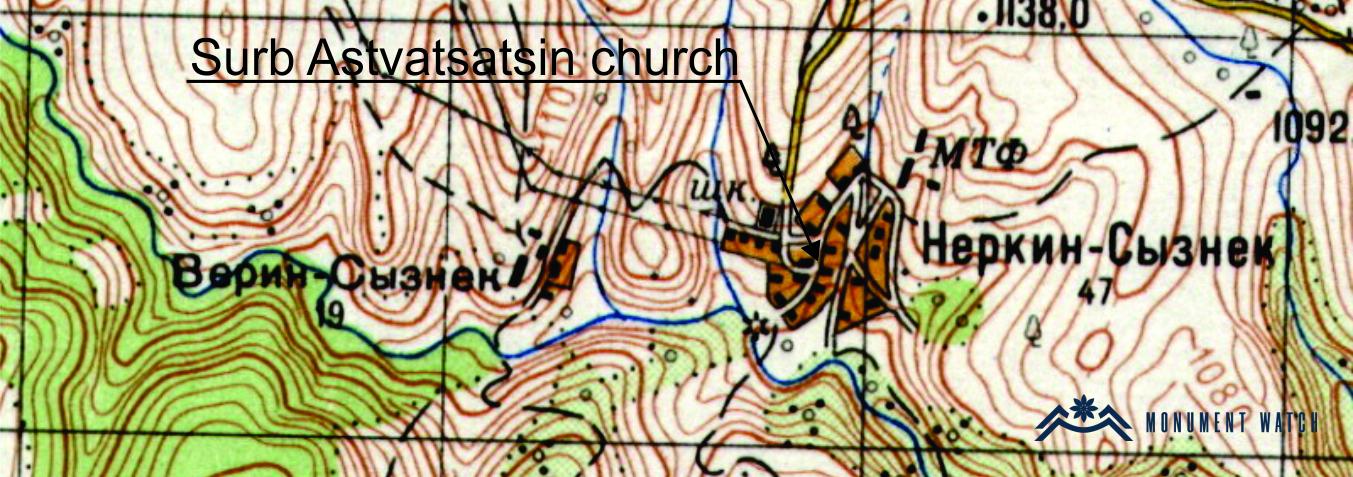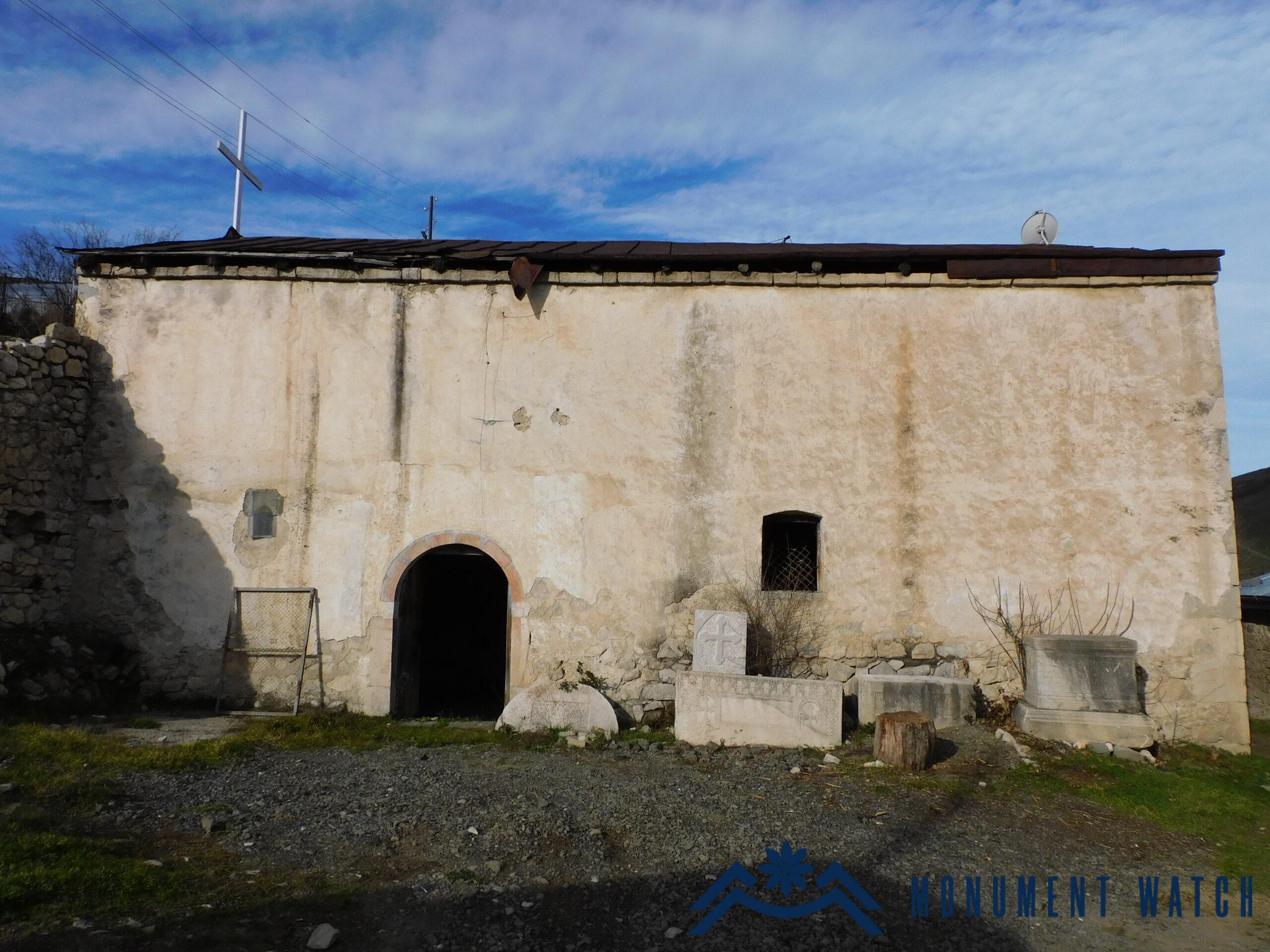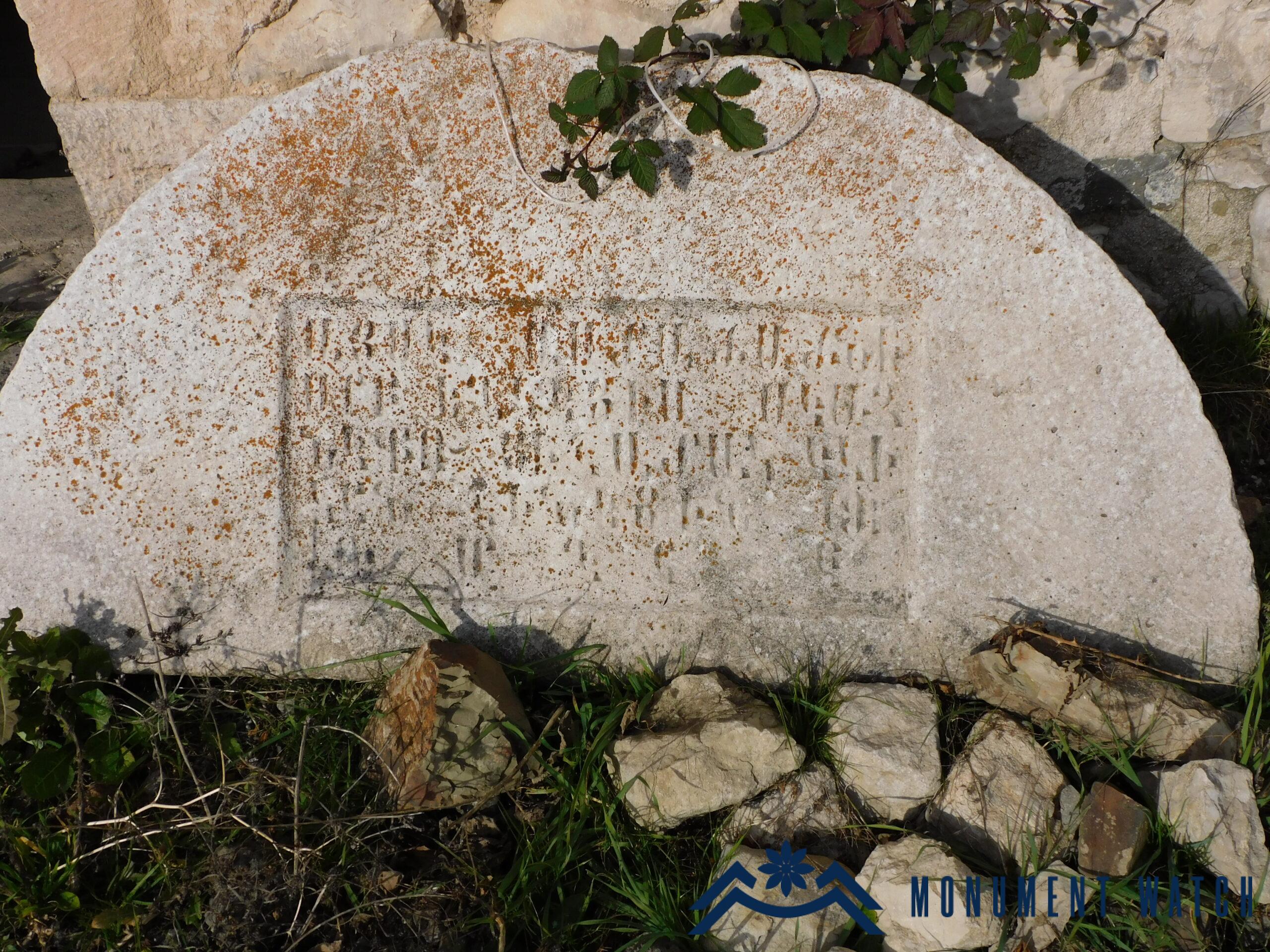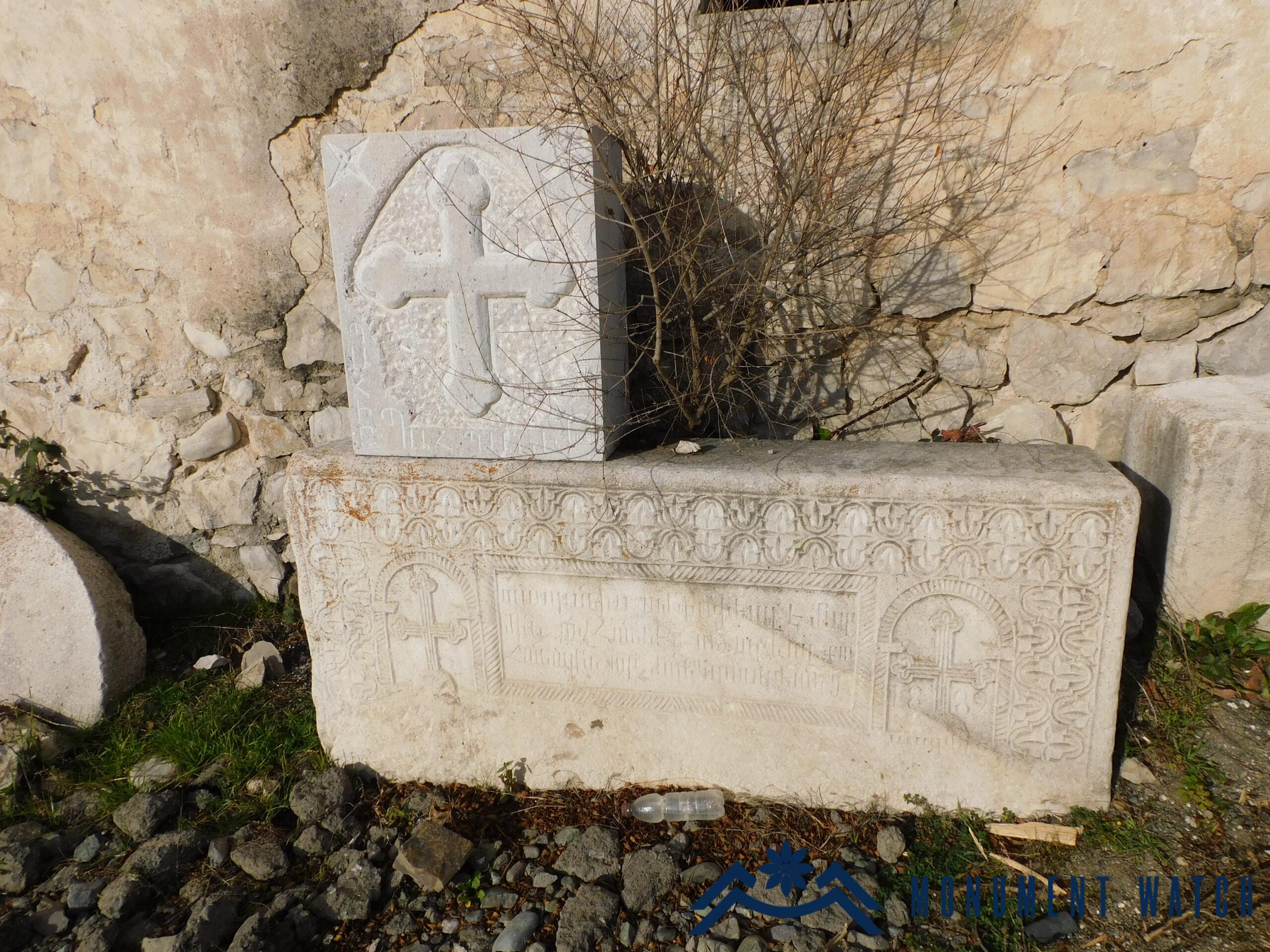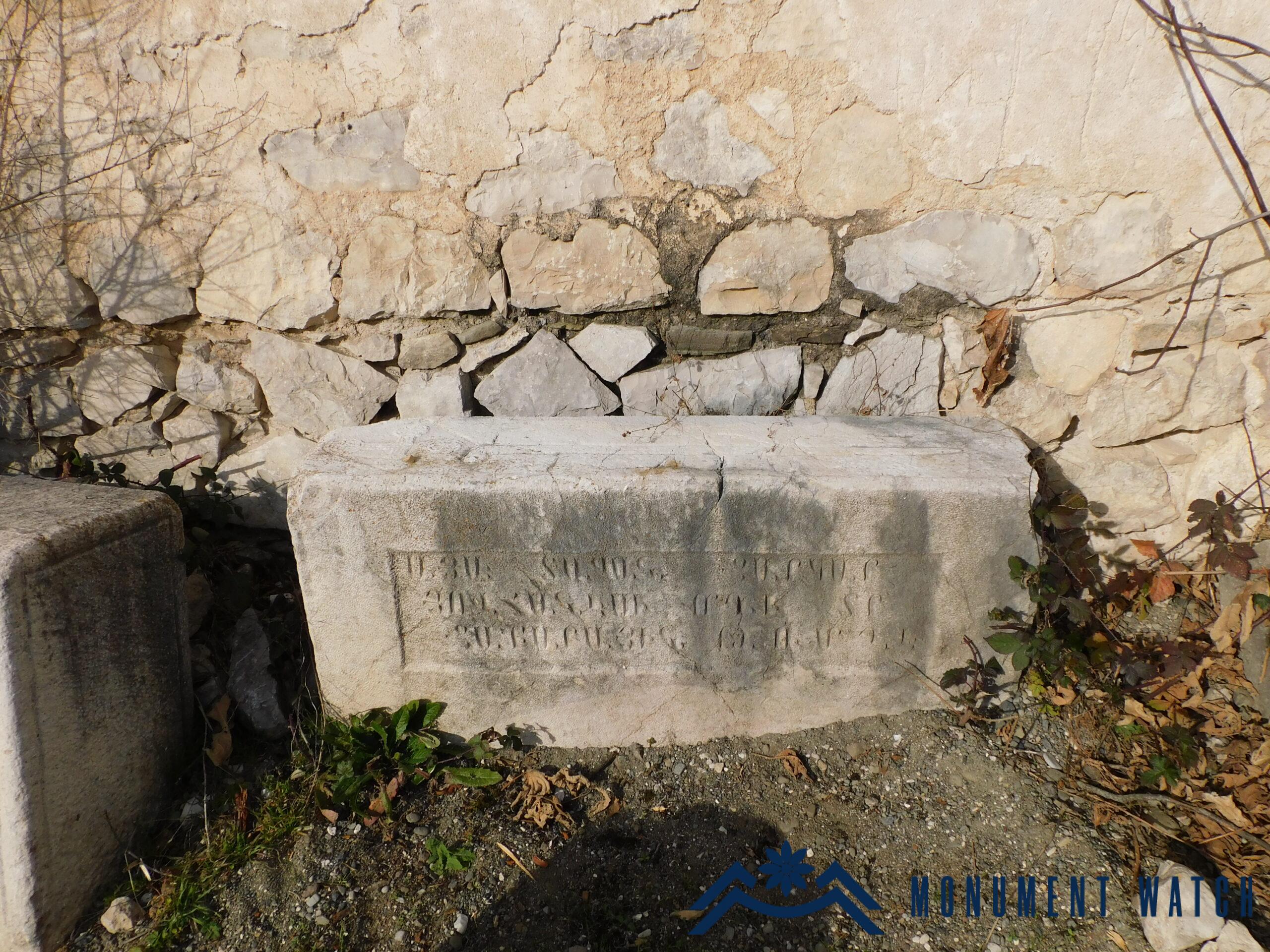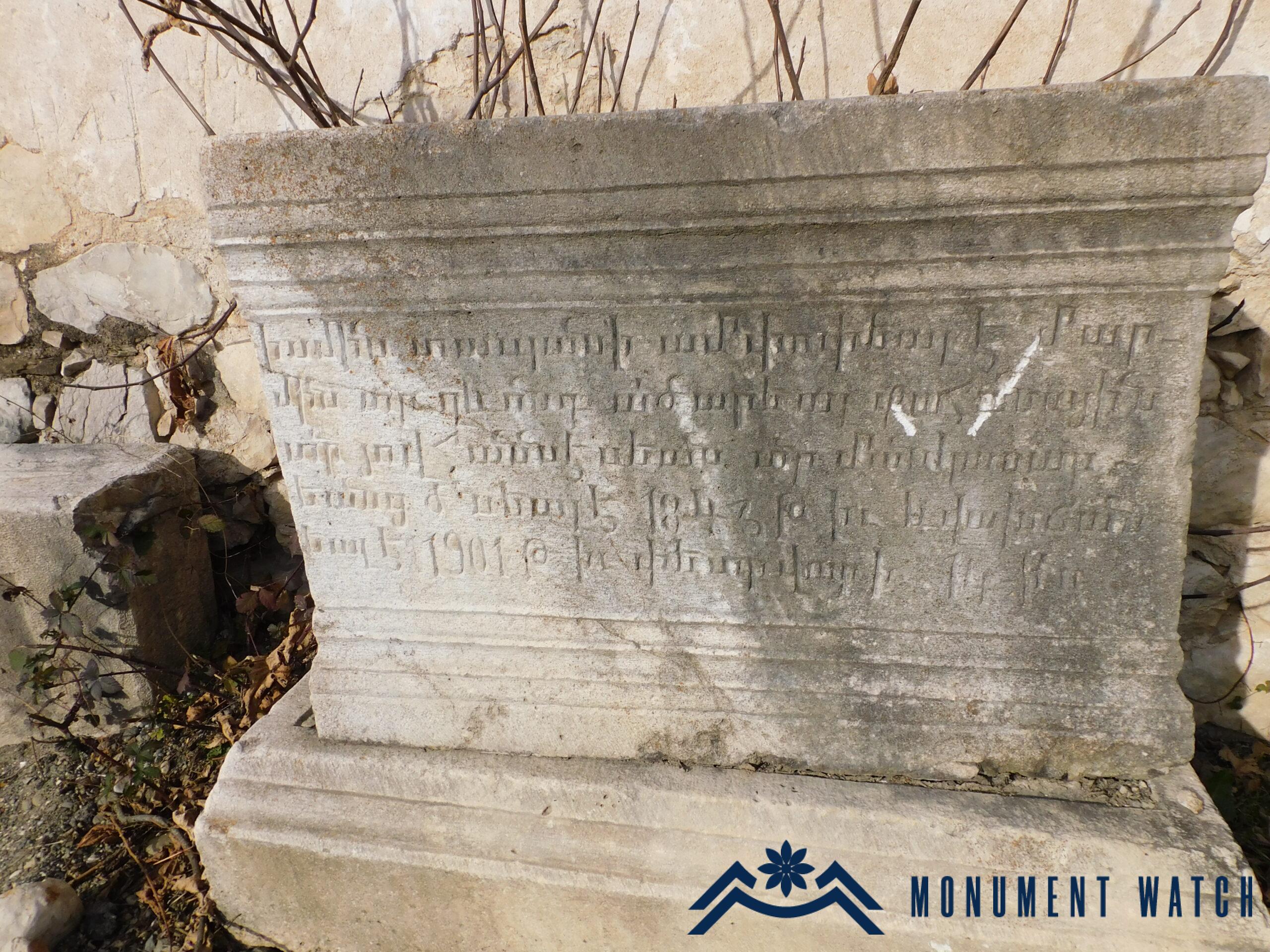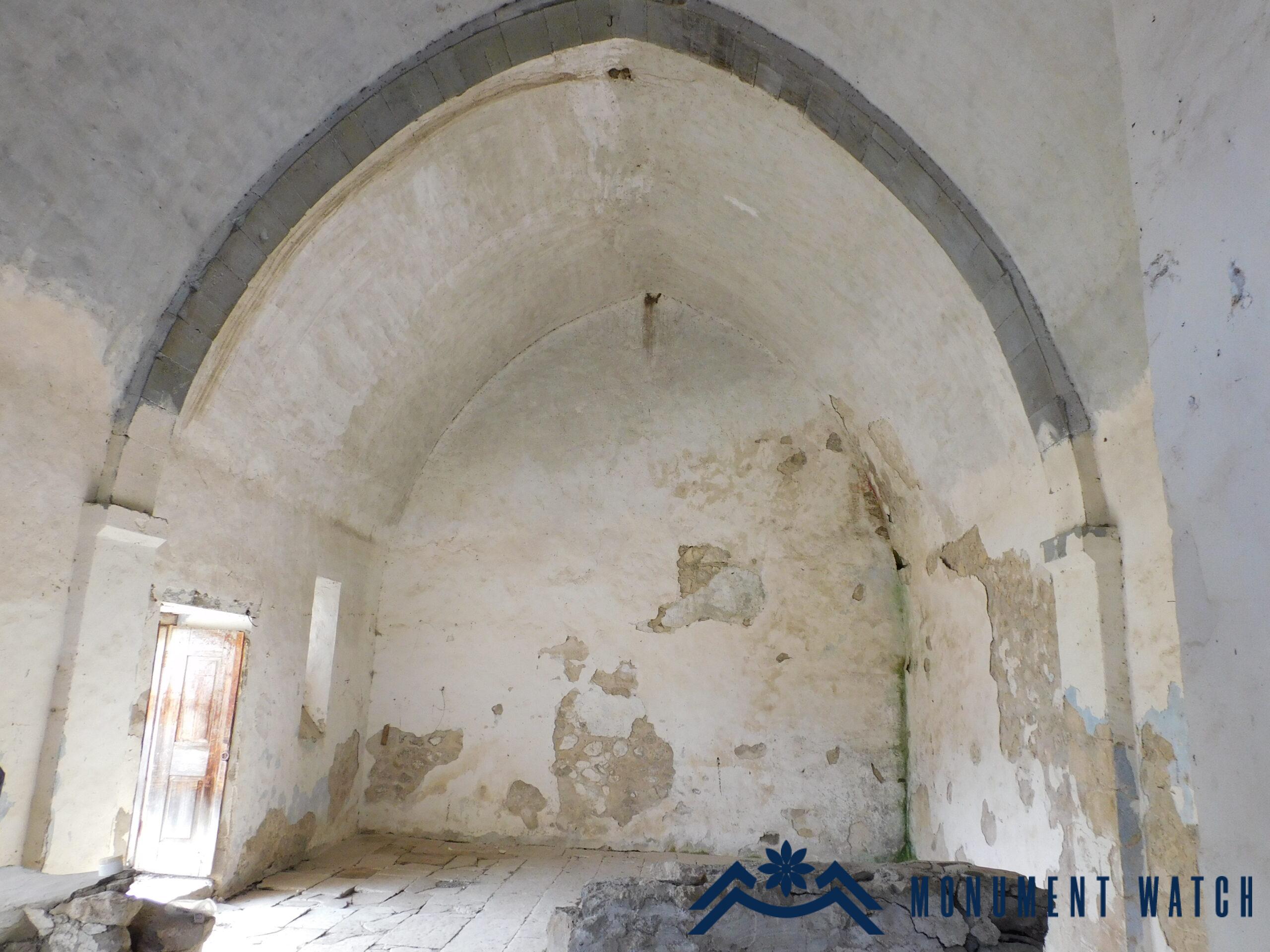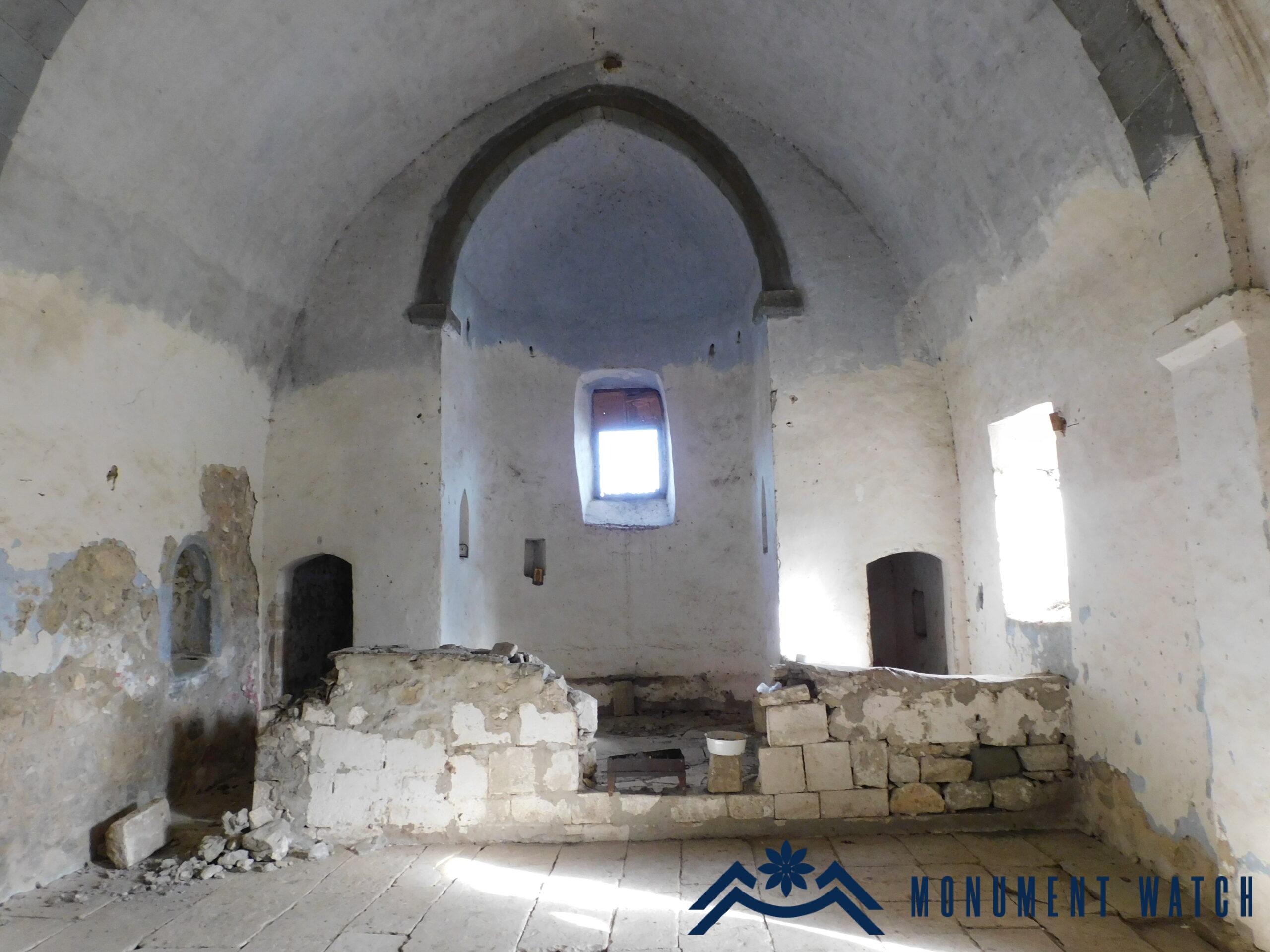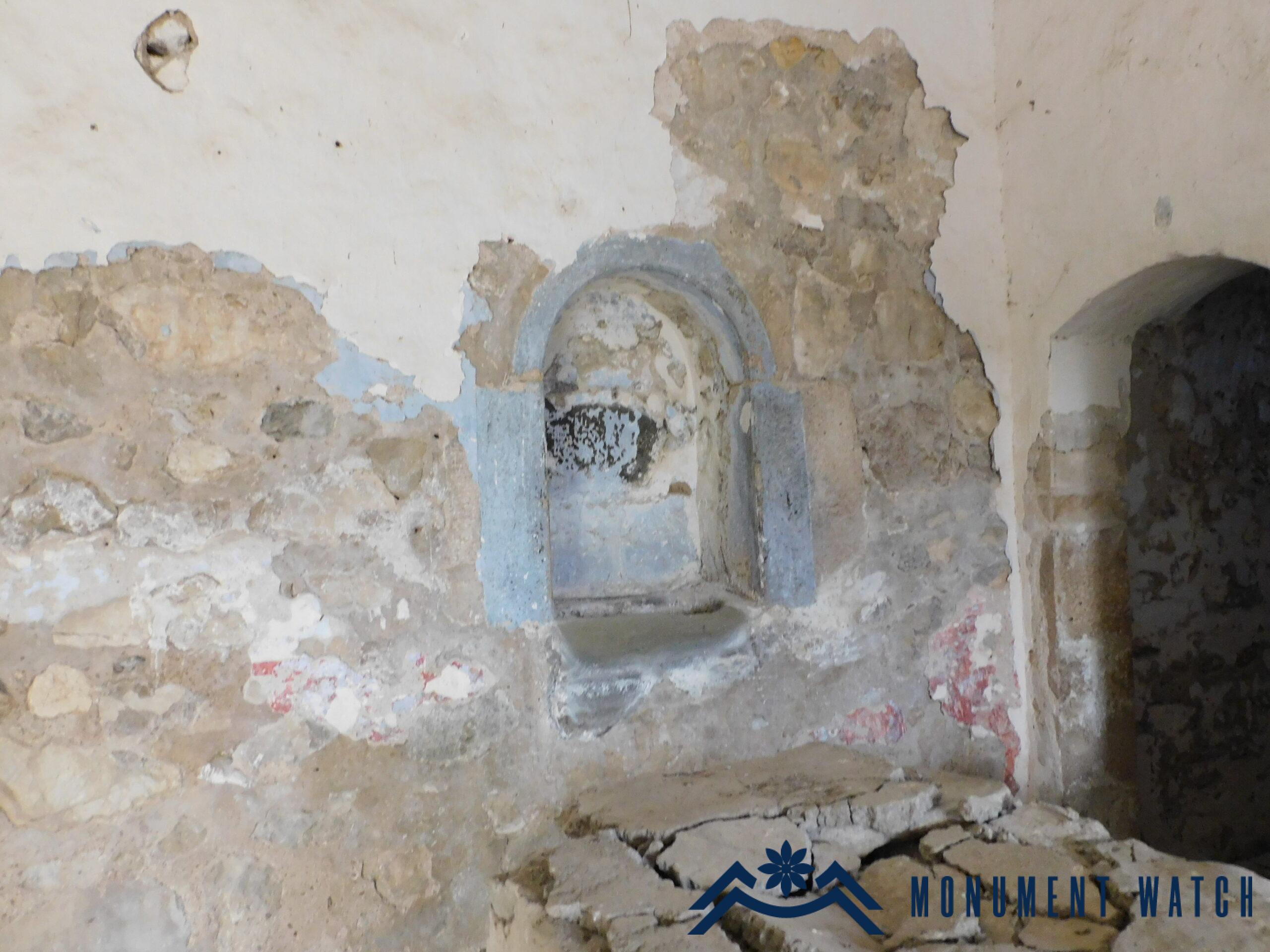The Surb Astvastatsin Church of Nerkin Sznek
Location
The Surb Astvatsatsin Church is situated in the central area of Nerkin Sznek village, located in the Askeran region of the Republic of Artsakh (Fig. 1).
Historical overview
According to the inscription on the entrance lintel, which is now lying in the yard, the church was constructed in 1849 and was named Surb Astsvatsatsin. "This is the Church of the Surb Astvatsatsin, built by those mentioned. This was in the year of 1289." There might have been another inscription that listed the names of the church's builders, as indicated by the term "mentioned."
Information about the village and the church was recorded in Makar Barkhudaryants' work "Artsakh," where the author states: "The village of Nerkin Sznek was established not far from Verin Sznek, with similar land, crops, etc. The church, Surb Astvatsatsin, was constructed of stones and lime and has three priests. There are 92 households, with 377 men and 350 women" (Barkhutareants 1895, 99).
Around the church, particularly in the southern yard, there is a small late medieval cemetery where several rectangular tombstones belonging to the clergy of the village have been preserved next to the southern wall of the church. The oldest of these tombstones bears the following inscription: "This is the tombstone of the son of Hovannes, Ter Zakarya, and year 1287 (1848)." This inscription suggests that the current church building was constructed on the grounds of an already-established cemetery (Fig. 3).
Here are also the tombstones of the last priests of the church, Hovhannes Mangasaryan (1889) and Ghevond Ter Hovhannesyan-Mangasaryan (1901) (Figs. 4, 5).
At the start of the 20th century, the church underwent renovations. The windows and entrance were widened. Consequently, the original entrance lintel, as recorded in the 1849 construction inscription, was removed and relocated to the yard, adjacent to the tombstones (Fig. 2).
Throughout the Soviet era, the church was not operational and was repurposed as a warehouse. Internal modifications were made during this time, and remnants of these alterations remain to this day.
Architectural-compositional examination
The church is a single-nave vaulted hall with a rectangular layout (dimensions: 13x8.6 meters), constructed using local yellowish limestone, shale, and lime mortar. Only the pillars, archstones, frames of alcoves, doors, windows, and cornerstones are crafted from polished limestone. The vault rests on wall pillars and a wall arch from the north and south (Figs. 6, 7).
To the east of the church is a semi-circular tabernacle which has two sacristies attached to it. On the northern and southern walls of the tabernacle, there are arched alcoves that were designed for storing church and ritual items. The church originally had a high stage, but it was altered during the Soviet reconstructions (Fig. 8).
In the arched alcove of the northern wall, adjacent to the sacristy, there is a cross-shaped baptismal font (Fig. 9).
The entrance is located on the southern side. It was illuminated by one window each on the eastern and southern facades. On the other side, the church building is embedded in the soil layer of the inclined slope.
The original roof tiles have not been preserved. During the Soviet era, the roof was covered with metal sheets.
The condition before, during, and after the war
The village of Nerkin Sznek was in a zone of intense combat operations during the 44-day war. The village was heavily shelled and bombed, but fortunately, the church was not damaged. After November 2020, Nerkin Sznek became part of the border zone. The church was not renovated, but it was in a non-emergency condition. Unfortunately, due to the complete occupation of Artsakh in September 2023, the village was depopulated, and the fate of the monument remains unknown.
Bibliography
- Barkhutareants 1895 - Barkhutareants M., Artsakh, Baku.
The Surb Astvastatsin Church of Nerkin Sznek
Artsakh
